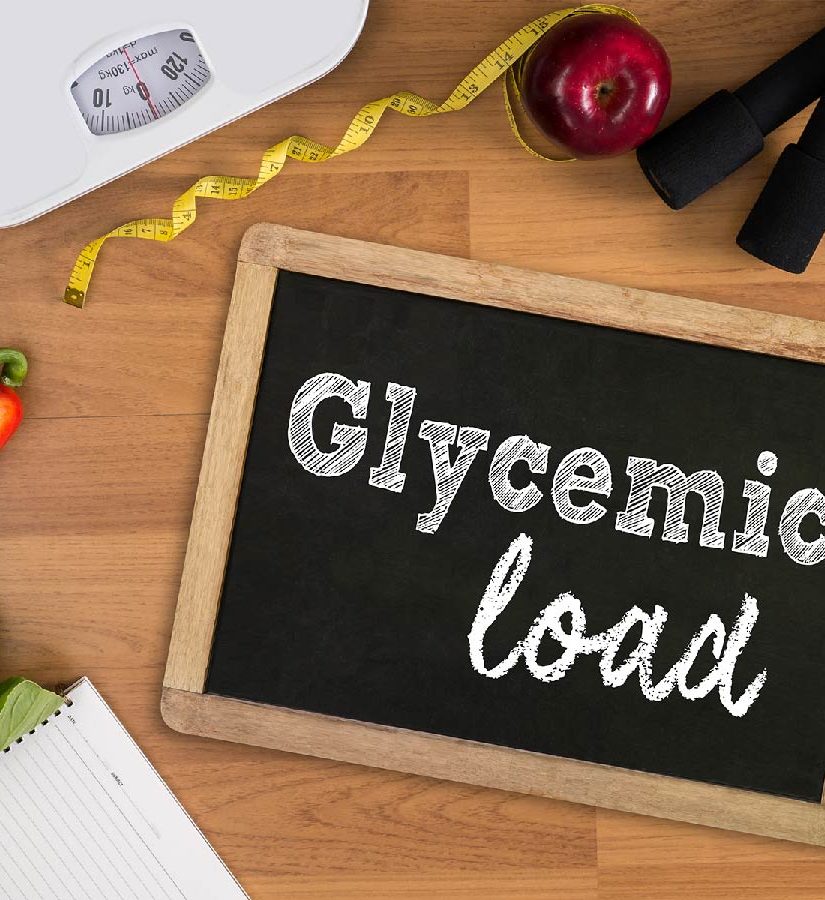Blog
Low Glycaemic Load

GL stands for Glycaemic Load; a unit of measurement that tells you how a particular food will affect your blood sugar. Foods with a lower GL encourage the body to burn fat and keep your blood sugar balanced – an ideal situation for your waistline, your heart and of course, your body!
Foods that have a high GL increase your blood sugar level and cause insulin to be released into the blood stream. Some of this insulin makes you feel great and full of energy but a lot of it goes straight to your liver where it is stored as fat.
In a nutshell, the carbohydrate component in a food provides clues on the glycaemic load of a food item. For instance, if it slow releasing, like brown rice or sweet potatoes (good) or fast releasing, like white pasta or cake (bad).
A low GL diet sounds great but how does one achieve this?
- Find out what you’re allergic to and avoid those foods in your diet.
- Eat carbohydrates with protein so that they become slow-releasing.
- Eat small frequent meals throughout the day as opposed to 3 big meals every couple of hours to keep your blood sugar levels balanced.
- Choose “good-fat” foods like nuts and seeds over “bad-fat” foods like processed meats and fried foods.
- Choose high nutrient foods that pile on less calories like quinoa, and avoid empty calories such as alcohol.
- Choose naturally sweet options such as fruit over refined options like milk chocolate.
- Exercise regularly to keep your heart pumping, blood circulating and metabolism moving.
For a more thorough plan tailor-made to your body, book an appointment with one of our qualified nutritionists at Healthy U by sending an email to hubmanager@healthy-u2000.com, info@healthy-u2000.com











